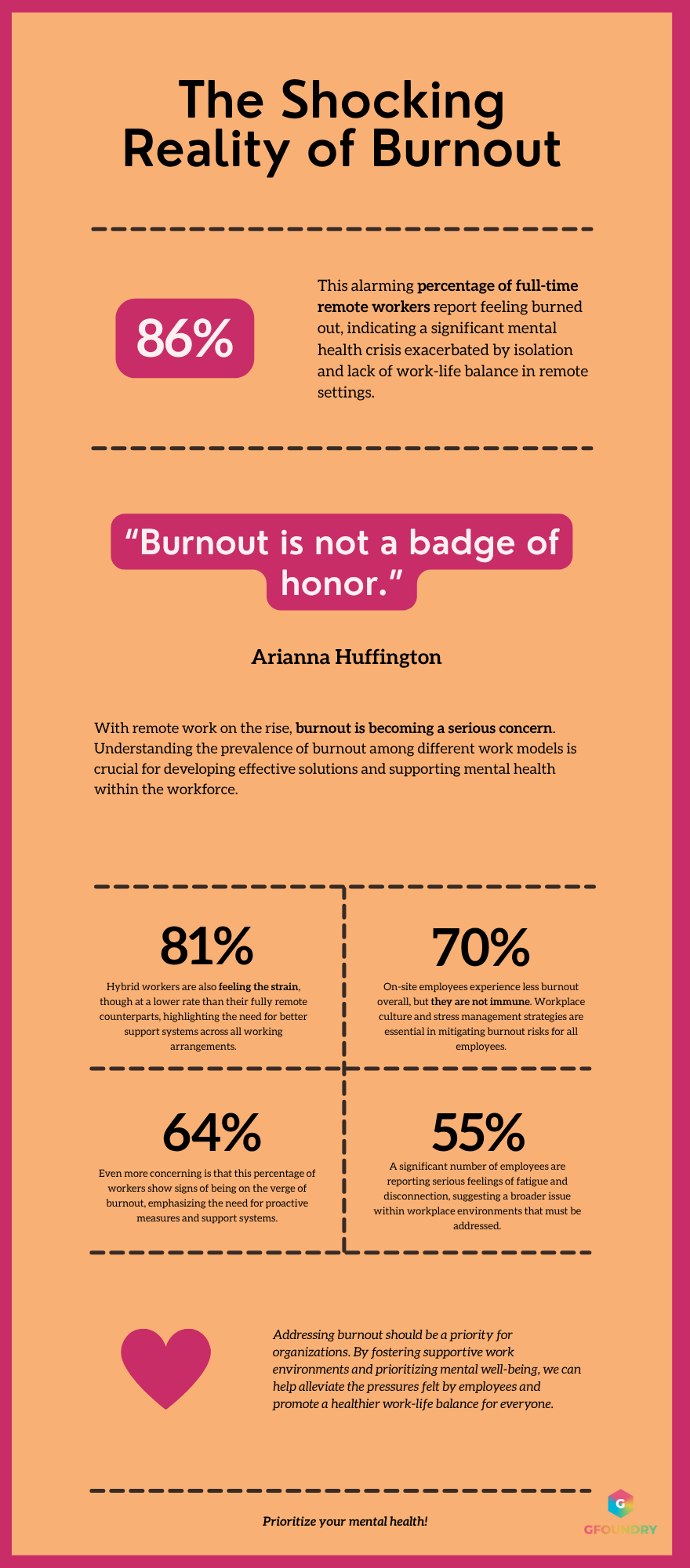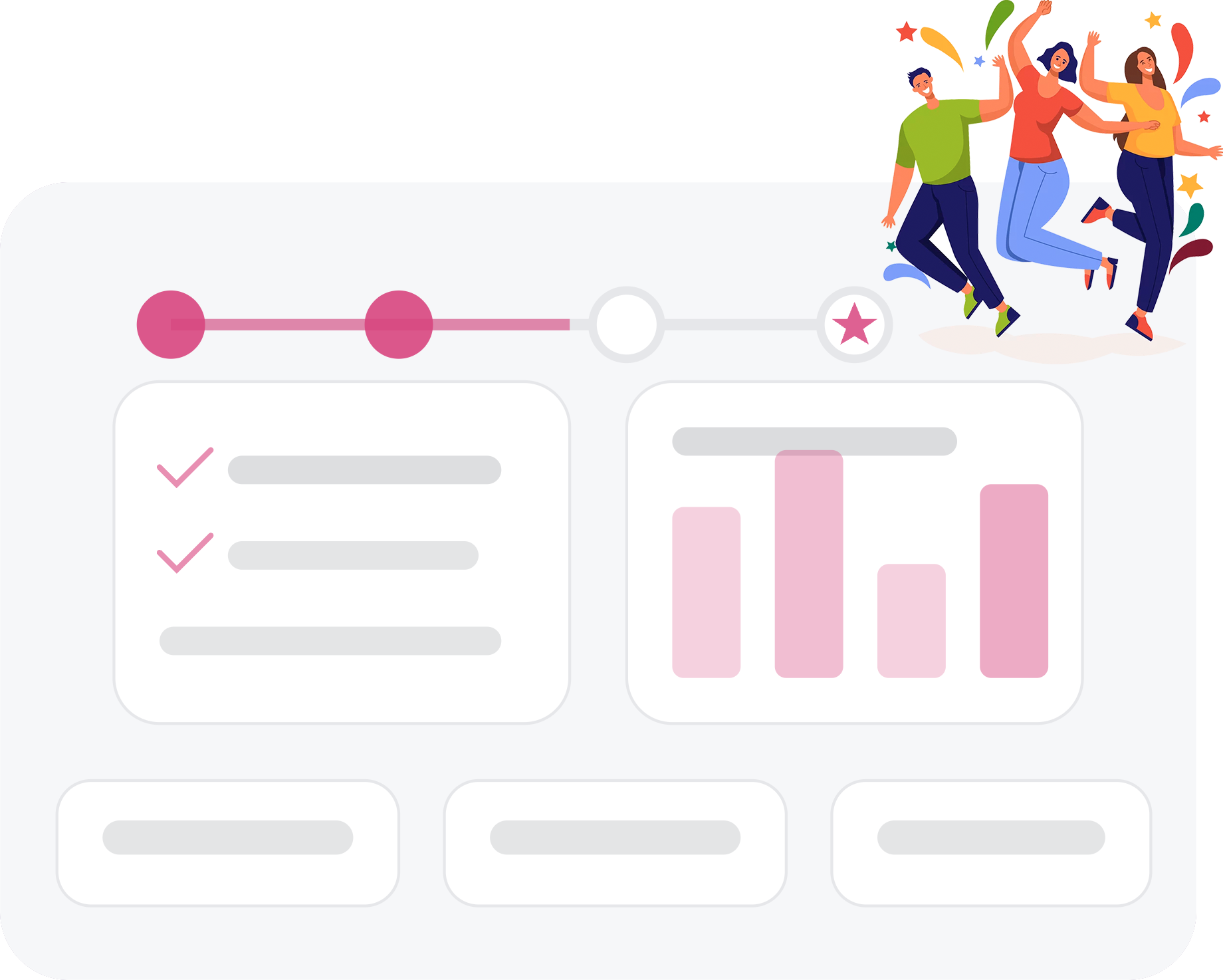 How Remote Work is Rewriting the Rules of People Management
How Remote Work is Rewriting the Rules of People Management
In the complex ecosystem of post-pandemic work, companies face one of the greatest talent management challenges of our generation: balancing flexibility and well-being. On one hand, satisfaction levels remain high — studies reveal that remote work has a positive impact on employee motivation and perceived autonomy.
However, this newfound freedom is often shadowed by a silent and devastating crisis: invasive online monitoring. This practice contributes directly to a 13% increase in feelings of burnout and extended work hours. The promise of autonomy clashes with the reality of surveillance, where 23% of employees feel perpetually observed and another 18% report increased stress and anxiety.
This is the new talent paradox of 2025: a model that offers flexibility on the surface but often creates an underlying culture of distrust and pressure, demanding an unsustainable toll on employee mental health.
The Origin of the Paradox: When “Trust” Becomes Surveillance
The desire for productivity is not the problem. The issue lies in an environment where attempts to ensure performance lead to self-exploitation and anxiety, driven by specific management practices. The main factors fueling this crisis are now quantifiable:
- Micromanagement and Performativity: Instead of fostering autonomy, online monitoring leads 31% of employees to feel the weight of micromanagement. This creates a culture of “performativity”, where 17% feel pressured to appear constantly active online, shifting the focus from the value of their work to simple online visibility.
- Erosion of Trust and Privacy: A sense of constant surveillance deteriorates the psychological safety of the work environment. Fifteen percent of employees see the monitoring of their online activity as an overreach into their personal privacy, eroding the fundamental trust between them and their employers.
- Deterioration of Well-being: The pressure to be always “on” has tangible consequences for health. Sixteen percent of employees report a decrease in the frequency and quality of their breaks, a direct path to exhaustion and a decline in both mental and physical well-being. This culminates in a direct increase in burnout, proving that productivity gained through surveillance is often a short-term illusion with long-term costs.
The Screen Paradox: How the Flexibility of Remote Work Became a Burnout Trap
The shift to remote work, accelerated by the pandemic, has moved from being a temporary measure to becoming a cornerstone of the modern professional ecosystem. The promise was clear: more flexibility, autonomy, and a better work-life balance. However, the data paints a much more complex and alarming picture. Flexibility, cited by 67% of workers as the main advantage of this model, has brought with it a silent burnout crisis, with an astonishing 86% of full-time remote workers reporting feeling burned out.
 The Anatomy of Remote Burnout
The Anatomy of Remote Burnout
At the heart of the problem lies the blurring of boundaries between the workspace and the home. The difficulty in “switching off” is the main concern for 40% of remote professionals, a reality confirmed by the fact that
81% admit to checking work emails outside of working hours. This “always-on” culture is not just a perception—it’s a deeply rooted habit: only 30% are able to fully avoid working on weekends.
Adding to this inability to disconnect is the intense pressure to be constantly available, felt by 67% of these workers. The result is a de facto extension of the workday, with 55% saying their working hours have become longer since transitioning to remote work. This scenario is made worse by a glaring lack of institutional support, with 51% feeling that their employer does not provide the necessary support to deal with burnout.
The Human Impact: Beyond the Professional
The consequences of this ongoing pressure are deep and far-reaching. Workplace stress doesn’t remain behind the screen; it invades mental health and personal life. A staggering majority of
76% of respondents acknowledge that work-related stress negatively impacts their mental health, potentially leading to depression and anxiety. Work quality is another casualty, with 91% of employees stating that uncontrolled stress and frustration harm their performance.
The impact extends beyond the professional realm, with 83% admitting that burnout can negatively affect their personal relationships. A vicious cycle is created, where the lack of boundaries at work harms personal life, and the absence of a personal refuge makes it impossible to recover from work stress.
A Call to Action for Leadership
Despite this scenario, it would be simplistic to demonize remote work—especially when flexibility, the lack of commuting, and the freedom to live anywhere are such valued benefits. The problem doesn’t lie in the model itself, but in its implementation without a support structure and a culture of well-being.
Burnout is not an individual failure; it’s an organizational symptom. Leaders have the responsibility to redefine expectations, actively promote the right to disconnect, and provide their teams with the emotional and practical support they need. Ignoring these signs is not just neglecting the well-being of teams—it’s compromising the sustainability, innovation, and success of the business itself. Source
Recommended Strategies for HR and Leadership: From Crisis to Opportunity with GFoundry
To navigate this challenge, HR teams and leadership must be intentional and proactive. It’s essential to build an ecosystem where well-being is not an add-on, but the foundation of high performance. Employee experience management platforms like GFoundry are essential for effectively implementing these strategies.
1. Measure to Manage: Identify Risk Signals
If 76% of your employees could be at risk, the first step is to know who they are and why. Waiting for the problem to become visible is waiting too long.
Practical example with GFoundry: Use the Pulse Surveys & Feedback module to launch quick, anonymous pulse surveys. Ask direct questions about workload, stress levels, and work-life balance. GFoundry’s analytical dashboards allow you to identify concerning trends by team or department, giving managers the insights they need to act before it’s too late.
2. Clarify Purpose and Goals to Reduce Anxiety
Lack of clarity on priorities is a major source of stress. Engaged employees want to know their efforts are being directed toward what truly matters.
Practical example with GFoundry: Implement the OKRs (Objectives and Key Results) methodology on the platform. GFoundry makes company, team, and individual objectives transparent to everyone. This not only aligns efforts, but also gives employees the autonomy and confidence that they are working on the right priorities, reducing “busy work” anxiety.
3. Build Bridges Against Isolation
Human connection is the most powerful antidote to burnout. It’s essential to foster a culture of recognition and camaraderie — even remotely.
Practical example with GFoundry: Energize your culture with the Communication and Recognition modules. Create a social wall to celebrate wins (big and small), and use peer-to-peer recognition programs where colleagues award each other with badges and points. Seeing their work publicly appreciated reinforces belonging and combats disconnection.
4. Invest in the Future to Retain Talent
If lack of career prospects affects engagement, showing a clear growth path is essential for retention.
Practical example with GFoundry: Use the Learning module to create personalized and accessible development plans. With micro-learning paths and gamification elements, training becomes more engaging. By linking course completion to career progression and performance evaluations on the platform, the company shows a real commitment to its employees’ future.
 A New Trust Contract
A New Trust Contract
The statistics don’t lie. Keeping most employees engaged is an impressive feat, but it’s a house of cards if 69% are running on empty. The 2025 talent paradox calls for a new kind of leadership — one that is empathetic, data-driven, and focused on human sustainability.
By using integrated tools like GFoundry, organizations can turn data into action. They can build a culture where engagement and well-being are not opposing forces, but two sides of the same coin — creating an environment where talent not only survives but thrives.
Read more:
Subscribe to GFoundry Newsletter: Weekly Insights on HR’s Most Pressing Topics
Ready to get started?
Take the next step and learn more about how GFoundry can help you.

